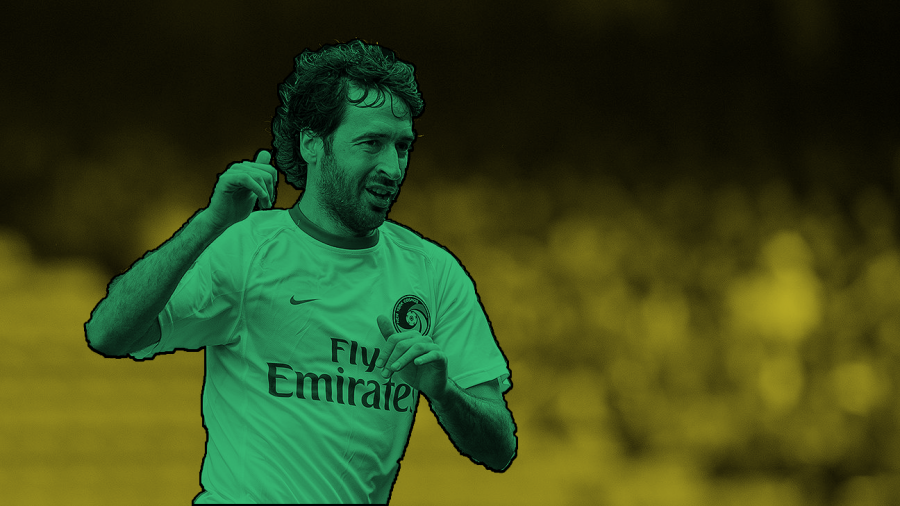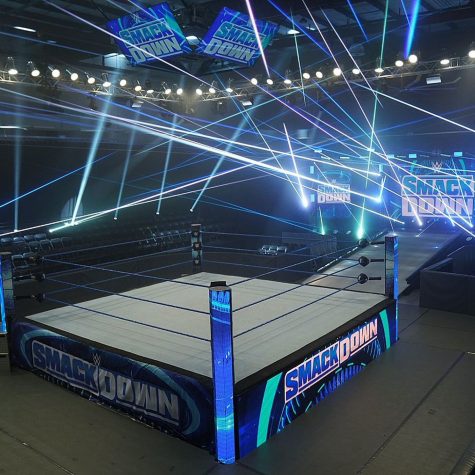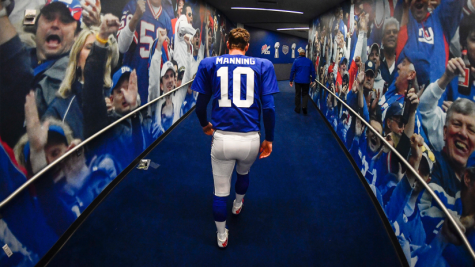The Curious Case of the New York Cosmos: The Second Act
As Yogi Berra once said, “It ain’t over till it’s over.” For the second iteration of the New York Cosmos, it may have been doomed from the beginning.
If you haven’t read Act One, click here!
The revival of the NASL was not the first time that anyone had tried to buy this iconic name and badge. MLS had tried multiple times to get the rights from Peppe Pinton, who still used the Cosmos’ branding for youth camps even after the original club’s demise. The New York MetroStars, before becoming the New York Red Bulls, attempted to purchase the Cosmos’ name; Pinton claimed that MLS wouldn’t properly respect the heritage of the club.
Despite this bold claim, Paul Kemsley, once vice-chairman of Tottenham Hotspur, would purchase them in 2009. This came with the intentions of putting a new Cosmos in Major League Soccer.
The club immediately made it a point of interest to honor their former past; Pelé was named the honorary President and Giorgio Chinaglia, the all-time leading scorer of the old NASL and Cosmo legend, was named an ambassador.
“Before the reboot was announced, my father gave me a Cosmos banner from the old school team. I was intrigued and when the new club was announced, I started looking around and found the Borough Boys, who I wound up joining in 2012.”
As said by Hernandez, the revival of the Cosmos was a big deal. Not just because it meant more soccer for New Yorkers, but according to Gale, a piece of New York City’s culture was being revived, “I’ve had no interest in rooting for NYCFC, for example. I think they’re a corporate-created, foreign-owned entity with no real connection to NYC, while the Cosmos just scream New York City, to everyone. And I can’t imagine I’m the only one who feels that way.”
On Aug. 5, 2011, for the first time in almost 26 years, a team of players united under the Cosmos’ name and badge came out for a game. Eric Cantona, who was the club’s Director of Soccer, managed a group of players at Old Trafford for Paul Scholes’ Testimonial Match.
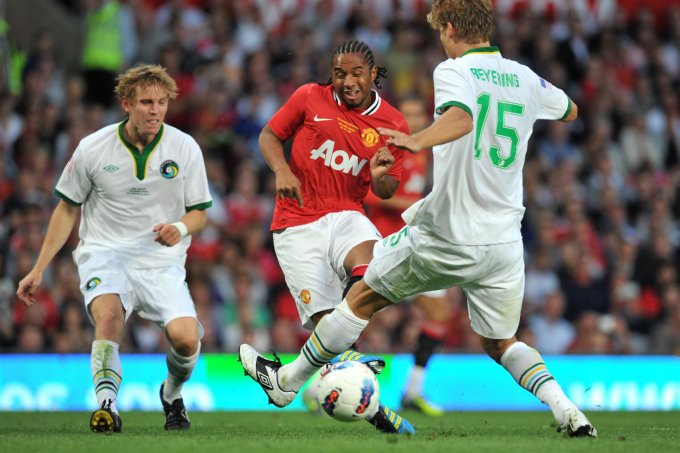
A change of ownership that following October did not change the ambition of the club: to get into Major League Soccer. But one man changed this, and by doing so, may have set the club for failure straight from the beginning: Seamus O’Brien.
In both my interviews, Luis Hernandez and Ezra Gale seemed to believe that they would get to see their favorite club play in America’s top tier, “Yes, at the beginning before they kicked a ball and we thought that was where they were going. And for a little bit afterwards when the stadium talk was alive in 2013-2015.”
O’Brien, the new CEO and Chairman of the club, was also determined to get the club into Major League Soccer. But in what was a disastrous set of meetings, O’Brien and MLS Commissioner, Don Garber, argued over a variety of issues. This included the ownership of the Cosmos’ brand, the expansion fee of $100 million, and the lack of promotion and relegation. Following this, O’Brien announced that the club would not be applying for entry in Major League Soccer.
Ezra simplified the meetings with one statement, “It seems to me that there was blame on both sides, with the Cosmos demanding more autonomy and MLS not being willing to compromise at all. I don’t know all the details though.”
“Yeah definitely, that’s part of why I became a fan in the first place I think. At a certain point, it seemed inevitable that they would join MLS as the second NY team- that seems really dumb in hindsight of course, but at the time (2011 maybe?) it seemed like, why wouldn’t they be in MLS? And I still think both sides really screwed that up- the Cosmos obviously have suffered from not joining the first division when they could, and MLS also missed a huge chance to bring more positive attention to the league by finding a way to work it out with the Cosmos.” These words, said by Ezra, seemed to sum up much of what Cosmos fans to this day feel.
While the club was committed to its goal of playing in MLS, they announced that the Cosmos would play in the North American Soccer League for the 2013 season. This was not was a bad idea; the Montreal Impact had done it in 2011 and made still made the move to MLS, so did Minnesota United in 2016.
The ambition was there, but the announcement of New York City Football Club at MLS’ 20th franchise was a lethal blow for the Cosmos’ chances of ever seeing themselves in the top flight. Despite claims from fans and ownership that New York could easily handle over two teams in the top flight, citing London as an example, the window slowly closed on the chances of America’s once legendary club from ever playing with the other top dogs.
When discussing what was the biggest factor holding back the Cosmos, it all came back to the stadium. Hernandez summarized this best by saying, “It mostly lies on the state not giving them a clear yes or no until they essentially were dead at the end of 2016. However, it was also they had no clear Plan B to fall back on. They put all their eggs in the Belmont basket and it ultimately killed stadium chances.”
While the off-field issues were piling up for the Cosmos, the same cannot be said on the field. By winning three of the next four Soccer Bowls from the team’s debut season in 2013, the club had set itself apart from everyone else. The club even made national headlines by signing Real Madrid and Spanish National Team Legend, Raúl, in 2014. But despite all of this, the league was falling into the same pattern that killed the original one.
With reports in 2016 of the club losing over $30 million since their first NASL season back in 2013. If that number isn’t horrific, according to the New York Business Journal, the Cosmos lost over $10 million in 2016 alone. The pieces came apart, leaving the club on life support. The stadium idea was dead. The MLS dream was dead. The Cosmos were dying.
With reports of the club laying off staff and players, many speculated that the club was heading for the grave, again. It was December 14th, 2016, and with the club only being a fax away from folding, a miracle for fans occurred: a television executive, Rocco B. Commisso, bought most the club, ensuring that it could fight another day. One of the big changes that came with this was that the club would move from their home on Long Island, to Coney Island in Brooklyn.
In their first season under new ownership, they would come close to glory, losing to the San Francisco Deltas in the Soccer Bowl.
But with any club looking for stability, you need a stable league to play in.
From the end of the 2016 season to the beginning of the 2017 season, the NASL lost a net total of four clubs: Minnesota United went to play in MLS, the Tampa Bay Rowdies and Ottawa Fury joined the USL, and the Fort Lauderdale Strikers and Rayo OKC folded. The league did gain the eventual Soccer Bowl Winners (who ended up folding after their first season,) San Francisco Deltas.
After this past season, the years of instability finally added up.
With only four clubs remaining in the league and the league being stripped of its Division 2 status, the NASL announced on Feb. 27, that they will not be playing in 2018.

The North American Soccer League’s biggest flaw may have been its own ambition; if you look at the other second division, the United Soccer League, they have waited and are now on the verge of creating a third division that could even bring promotion & relegation to America. It almost felt that the NASL focused more on being everything that MLS wasn’t. But in the process of attempting this, the league lost track of its own priorities, leading us to where we are now.
Despite the league always wanting to expand more, they were always losing and gaining clubs. Perhaps the standards of the USSF were too high, or maybe the NASL just bit more than it could chew. The league had 16 former clubs; it is unsustainable for a league to go through that many in such a short amount of time (it rings a bell, doesn’t it?)
From the interviews I did, I found that both fans were not too sympathetic toward the NASL cause, as said by Luis, “I think the NASL has made many mistakes. I do also think they were working against a somewhat stacked deck, but they are certainly not fully innocent. First and foremost, I am a Cosmos fan. I am sad to see the league die, because so many people have been affected and lost jobs. I can’t speak for the rest of the [Borough Boys] or the other supporter groups. Only myself.”
When asked to elaborate, he said, “I believe the NASL picked fights it didn’t need to with USSF in the past (wanting D1) and also tried to rush teams that often died quickly (Rayo OKC, SF Deltas). This made the league look unstable. Granted, they often did this for compliance reasons, but it didn’t help that they rushed these.”

Despite all of this, the Cosmos are still alive. Well, technically they are. While the first team won’t be playing this season, their “B” team will take part in the unofficial fourth tier of American soccer, the National Premier Soccer League. They will not be the only NASL club attempting this, as Miami FC and the Jacksonville Armada will also be running their reserve teams this season.
When asking my interviewees what the next step for the Cosmos should be, they both gave fair answers:
Ezra Gale said, “I think if the club is going to survive they need to join a stable league and build the team and fan base. Right now USL looks like the most stable league to me, but the important thing is they focus on that and not on pouring more money into a lawsuit. I think the team could do very well in Coney Island if it becomes a regular scene there, but if they take several years off I’m not sure anyone will still show up.”
Luis Hernandez said nothing crazy with his comment, either, “In my opinion, they should be looking for a way to field a team. The NPSL team is a good start, but doesn’t feel like they’re looking at anything else. Also, I guess the ownership wants to continue with the legal battles. I realize there in fighting the legal battles, but as a fan, I need a team on the field. I’m not sure how much I can blame Rocco. He inherited a mess in an unstable league. According to him, he was supposed to have time to stabilize things. If that’s true, that is the fault of USSF.”
While there is still a chance that the NASL can turn around and play in 2019, the reality of the situation is that barring an absolute miracle, the NASL is likely done. 1904 FC, one of the two expansion clubs set to join the league has already left to go join the USL. If the Cosmos are looking to play in a different league, there are two possibilities left for them:
USL: The United Soccer League would be, for all intents and purposes, the best option for the Cosmos. The league has only continued to grow more and it would be hard for the Cosmos to pass that up. If the Rochester Rhinos, a USL club in danger of folding, closes its doors, it may make sense for the Cosmos to go there. While they won’t get the same model that the NASL offered, I’m sure that would be better than being stuck in the NPSL, or the other option I will present.
NISA: The original goal of this league was to become a feeder to the NASL at some point. Since that’s appearing to be less and less likely, it may not be a bad idea for the Cosmos to join. Although they’d likely dominate the competition with a bunch of clubs that would just be going professional, it’d be better than not playing at all.
The story of the New York Cosmos and North American Soccer League is unfortunately fascinating. I agree with the comment made earlier, the New York Cosmos are still one of the most recognizable American soccer team ever. It’s the club that one of the greatest players ever ended his career with.
The Cosmos have a direct role in the history of the beautiful game, there isn’t much about soccer in the United States that can make that claim. It’s more than just a club on the line, it’s a piece of history, a piece of our history.
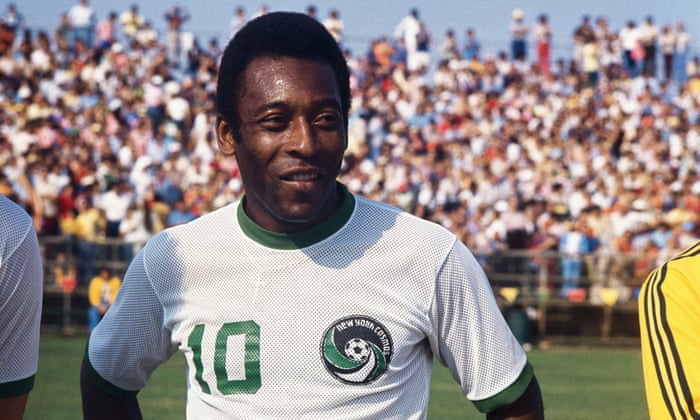
You can follow Steven on Twitter @Steven_Keehner
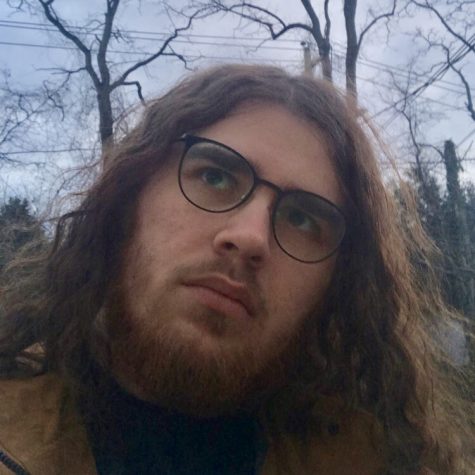
Steven Keehner was the Managing Editor of the greatest publication on the Hudson.
Hailing from the mediocre Town of Oyster Bay, New York, he enjoys...



